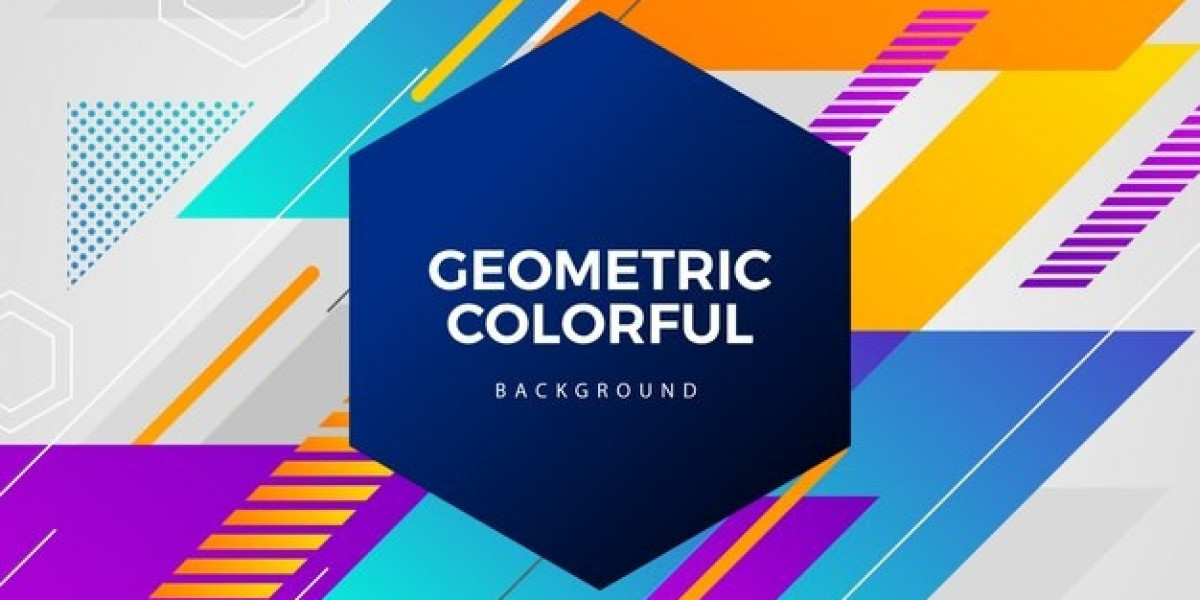Location data holds immense potential for retailers to understand customer behavior patterns and make data-driven business decisions. As customers increasingly use location-enabled devices like smartphones, precise location data is being continuously generated. Retailers can leverage this data for location analytics to uncover hidden patterns and insights.
Understanding Customer Movement in Stores
Location Analytics data from in-store beacons and WiFi can tell retailers which areas and aisles are most visited by customers and which ones see less footfalls. This helps identify low performing zones that may need better merchandising or signage. Additional metrics like dwell time analysis show how long customers spend in different parts of the store. Such movement pattern insights enable optimizing product placement and store layout for a better shopping experience.
For example, one clothing retailer found through location analytics that customers spent significantly less time in the accessory section compared to other areas. This helped them realize the need to prominently display high-selling accessory items along with complementary clothing to boost impulse purchases. Location data can also reveal conversion hotspots that see high sales volumes, highlighting the most profitable parts of the store.
Understanding Customer Journey Beyond Stores
Beyond physical stores, location data from both in-store and out-of-store sources provides a holistic view of the entire customer shopping journey. It shows where customers are coming from before they enter the store and where they go afterwards. This helps uncover new opportunities for engaging prospects as well as retargeting past customers.
One toy retailer used location data to identify top feeder areas from where a good number of customers were coming to their stores. They then worked on targeted digital ads and banner promotions in those localities to attract more visitors. The same retailer also observed that some customers were regularly visiting competing toy stores after shopping from their outlet. This prompted offering discounts and promotions to those customers to retain their repeat business.
Inferring Purchase Behavior and Basket Analysis
By combining location data with transaction records, retailers can infer with reasonable accuracy what products got purchased together by analyzing patterns in customer movement through store departments and aisles. This helps establish implicit connections between purchased items even when the actual invoice level data with line item details is unavailable.
A sportswear brand was able to deduce that their jogging pants were frequently purchased along with matching jackets and shoes just by seeing correlated locations and dwell times for those customers who eventually made a purchase. Such basket analysis enables predictiveassortment planning and complementary product merchandising without traditional transaction level data.
Location-Based Customer Segmentation
Customers can be segmented into meaningful profiles by analyzing their spatial behaviors and movement patterns over time. Regular, occasional and new customers emerge as natural segments through location frequency and recency. Additional variables like journey paths, dwell times and visiting hours further enrich these segments.
A cosmetics retailer used location data from their stores to segment customers as Core, Mid-Core and Explorers based on their frequency of visits. Core customers who visited twice or more every month contributed nearly 60% of overall sales. But Explorers who visited occasionally offered the greatest potential for incremental revenue. This helped the retailer focus marketing efforts to convert more Explorers into Mid-Core and Core buyers through personalized deals and recommendations.
Targeting Customers with Location-Based Promotions
With finely segmented customer profiles powered by location intelligence, retailers can target the right promotions to the right customers at the right place and time. Proximity marketing enables pushing pertinent offers to customers' smartphones as they pass by retail locations.
A leading coffee chain noticed surge in afternoon visits during weekdays from their office worker segment. Through proximity messages within a radius of 500m of their select stores during lunch hours, they successfully drove an incremental 15% traffic from this segment. Usage of local weather conditions ensured outdoor advertisements were rotated accordingly. Such hyperlocal and contextualized promotions deliver better response than one-size-fits-all messaging.
Location Analytics for Supply Chain Optimization
Aggregate location patterns of customers hold clues on probable demand hotspots that retailers need to adequately stock. This enables pre-emptively dispatching goods to those stores in time based on predictive demand analytics. Location signals also aid in efficient workforce deployment by identifying outlets requiring additional staff during peak hours.
One sports apparel retailer analyzed typical visiting schedules of different customer segments like young gym-goers, families etc. to optimize store-level inventory and staffing. Stores located near colleges got replenished with workout clothing earlier in the day as student traffic peaked in mornings, while outlets in family neighborhoods prioritized kids' apparel deliveries. This improved availability and customer experience for respective segments.
With geolocation poised to become an essential layer of customer data, retailers must tap into location analytics sooner than later. It empowers a 360-degree understanding of physical shopper behavior leading to enhanced customer experiences, assortments, operations and ultimately higher revenues. Those who actively invest in location intelligence capabilities will gain an undeniable competitive edge in retail.
Get This Report in Japanese Language: ロケーション分析
Get This Report in Korean Language: 위치 분석
About Author:
Vaagisha brings over three years of expertise as a content editor in the market research domain. Originally a creative writer, she discovered her passion for editing, combining her flair for writing with a meticulous eye for detail. Her ability to craft and refine compelling content makes her an invaluable asset in delivering polished and engaging write-ups.
(LinkedIn: https://www.linkedin.com/in/vaagisha-singh-8080b91)










